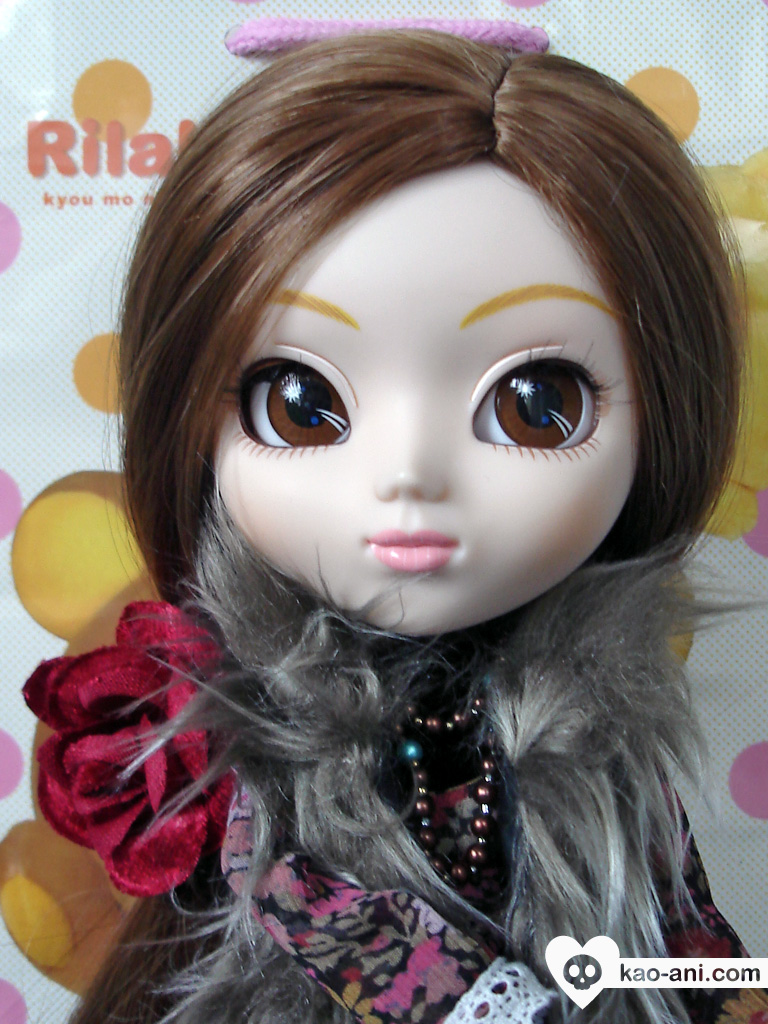The M2010 is a new netbook to hit the market from Fujitsu, which is their first Atom-based model to date. Offering good looks and good build quality it is marketed as a "Mini-Notebook" aimed at casual users who want a small platform to surf the web or check email. In this review we take a look at all aspects of the M2010, to help you find out if this netbook is right for you.
Build and Design
From the start Fujitsu made a great looking netbook. The M2010 has an excellent glossy metallic red paint job inside and out with glossy piano black plastic surrounding the top of the Keyboard and around the screen. I really think Fujitsu took a step back and thought before they came up with a netbook to launch into a saturated market ... and found some interesting ways to make it stand out. Whatever approach they took it worked.
Build quality is excellent with no squeaks and creaks around the chassis, and only minor flex from larger plastic surfaces. Even the screen hinges feel great with good tension when pivoting the screen and a very smooth action when in motion. On the bottom of the notebook we find the standard "Fujitsu Felt" underneath the processor location, which helps limit the amount of heat that can transfer into your legs when you are using it on your lap. This is standard across every Fujitsu notebook I have ever seen.
Access to internal components is handled through a single panel on the bottom of the notebook, but it only lets you swap out the wireless card and system memory. The hard drive requires further disassembly ... something that the average user might not want to undertake. Still, this was probably a poor choice, since memory and Storage are the only areas of expansion and upgrade for netbook users.
Screen and Speakers
The glossy display on the M2010 looks great, which is the case with many LED-backlit netbook displays. Colors are rich and vibrant, with deep contrast and excellent black levels. Peak brightness levels were great for viewing in bright office conditions, with my preferred setting right at the 50% mark. Viewing angles rate average, with colors starting to invert 20 degrees forward or back. Horizontal viewing angles were much better, extending until the screen bezel and reflection started to obstruct the view of the panel.
The speakers rate average compared to netbooks, and below average compared to most notebooks. Peak volume levels were fine for listening in a small room, but didn't have much power to fill a larger room. Bass and midrange were not present, with only higher frequencies coming through. Headphones would be preferred for really enjoying music or a movie.
Keyboard and Touchpad
The Keyboard is the primary area that I feel Fujitsu should have spent more time developing. Compared to almost every netbook on the market right now, it has one of the smallest keyboard layouts, which feels really cramped. While HP set the trend for one of the best netbook keyboards, manufacturers such as ASUS have been following a similar path, expanding the keyboard to make it as wide as the chassis allows.
Fujitsu keeps a wide border around the keyboard, which looks good with the glossy red finish, but doesn't allow as large of a typing surface. Despite the small size the Keyboard itself feels very good. Support is excellent, with barely a hint of flex under heavy typing pressure. Individual key action is smooth, with very little key wobble when you try to move the top of the key around. Noise is minimal while typing, with a muted high-pitch click when each key is pressed.
The M2010 offers a smaller Synaptics touchpad with a smooth matte finish. During our tests it was easy to operate with no discernable lag (after some settings adjustment). Initially we found the touchpad to coast after you brought your finger off the surface, which felt very similar to a laggy touchpad. We found a Synaptics feature called "Momentum" was enabled, and once turned off made the touchpad motion feel much nicer.
The touchpad also offers some multi-touch functionality, including Flick, Pinch, and ChiralRotate, used to rotate a selected object 90 degrees. No option for two fingered scrolling was found. The touchpad buttons are setup with a seesaw button which is flexible enough that both buttons can be pressed at the same time. Feedback when pressed is minimal, with a loud click when engaged.
Ports and Features
Port selection on the M2010 is average compared to most netbooks on the market, with three USB ports, VGA out, headphone/mic, and SDHC multi-card reader, and LAN connection. Fujitsu also includes a Kensington Lock slot if you feel the need to securely attach the netbook while it is unattended.
Our Fujitsu M2010 features the following specifications:
- Operating System: Windows XP Home
- Processor: Intel Atom N270 Processor 1.60GHz (533MHz FSB, 512K Cache)
- Memory: 1GB DDR2 PC2-6400 SDRAM
- Internal Storage: 160GB 5400 rpm SATA HDD
- Display: 10.1-inch diagonal LED-backlit WSVGA (1024x576)
- Graphics: Intel GMA 950
- Wireless: Atheros 802.11b/g, Bluetooth 2.1 + EDR
- Expansion: 4-in-1 media card slot
- Ports and connectors: (3) USB 2.0 ports, VGA OUT, power connector, RJ-45/Ethernet, stereo headphone/line out, stereo microphone in, 1.3 megapixel webcam
- Dimensions (H x W x D): 10.2" x 7.4" x 1.3"
- Weight: 2 lbs 8.8oz (3lbs 5.2oz with adapter).
- Power: 3-cell Lithium-Ion battery (10.8V, 2.4Ah, 26Wh)
- Warranty: One-year international warranty



























0 comments:
Post a Comment